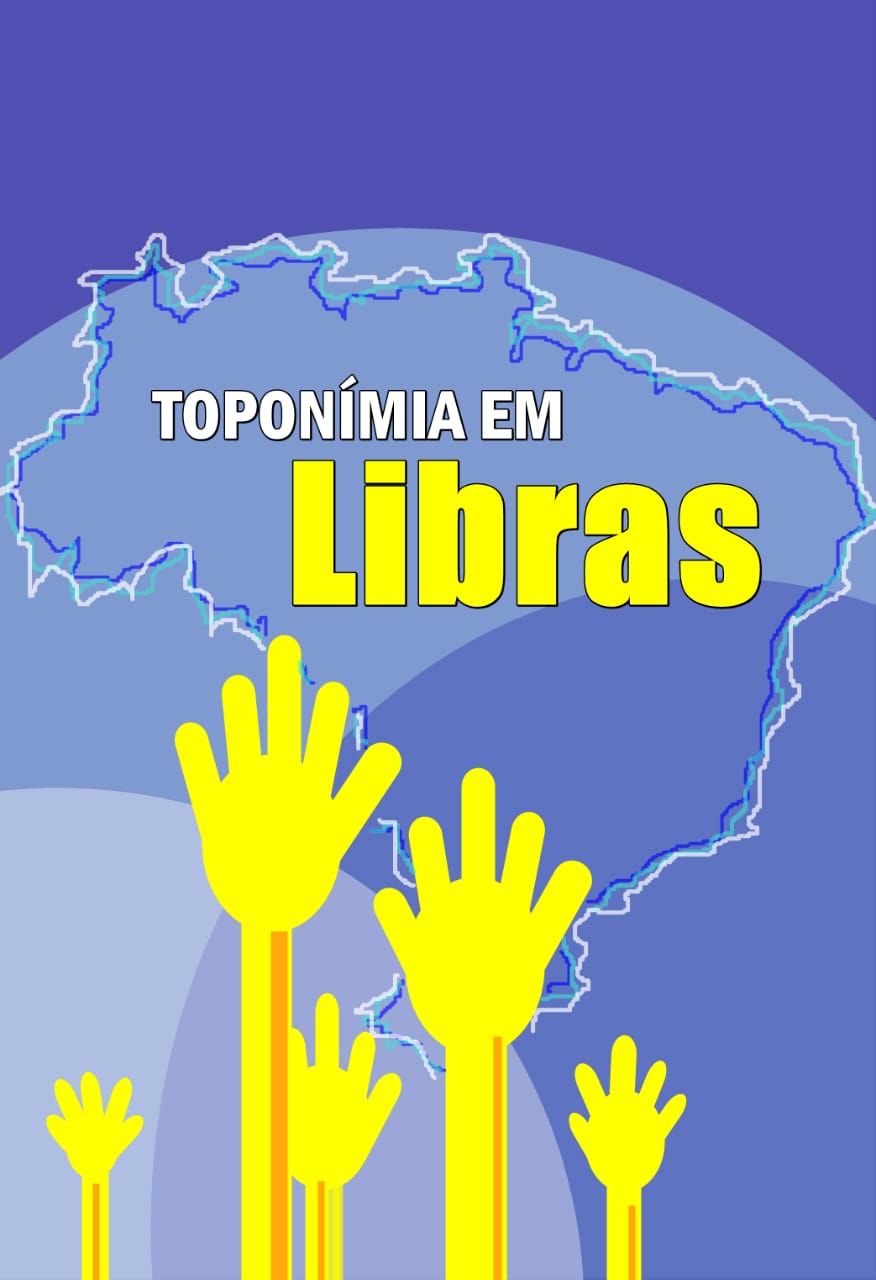O PRONOME CONOSCO NA FALA DOS PERNAMBUCANOS
UMA ANÁLISE GEOSSOCIOLINGUÍSTICA
Abstract
Studies on oblique pronouns are still reduced, especially in terms of how they are distributed socially and spatially in Brazilian states, while discussions about the conditionings through which variation occurs between nós and a gente seems to be ordinary. In this article, then, the variation of the pronoun used to answer the question of Morphosyntactic Questionnaire 019 is prioritized: ‘se nós dois estamos tomando café e queremos mais uma pessoa na mesa, dizemos que essa pessoa venha tomar café...’ For this, we used the studies by Almeida (1982), Coutinho (1974) and Pinho (2010) who discussed synchronously and diachronically the tonic oblique pronouns preceded by the preposition com so that the theoretical support appropriate to the study proposed here was followed and, thus, dialogue the variational perspectives with typological questions. The corpus of analysis started from the variants conosco, com nós, com a gente, mais nós, mais a gente and nós três, recorded in the morphosyntactic letter 04 of the Pernambuco Linguistic Atlas (ALiPE), built by Sá (2013). From an examination in the light of the diatopic and diastratic dimensions, it was possible to observe the predominance of innovative variants at the expense of the conservative variant conosco that obtained a limited number of occurrences in the state.
References
ALMEIDA, Napoleão Mendes de. Gramática latina. 18. ed. São Paulo: Saraiva, 1982.
CAMARA JR., Joaquim Mattoso. História e estrutura da língua portuguesa. 3. ed. Rio de Janeiro: Padrão, 1979.
CAMÕES, Luiz de. Os Lusiadas. Tomo 1. Porto: Companhia portuguesa, 1916.
CARDOSO, Suzana Alice Marcelino da Silva et al. Atlas Linguístico do Brasil: cartas linguísticas 1. Londrina: Eduel, 2014.
CARDOSO, Suzana Alice. Geolinguística: tradição e modernidade. São Paulo: Parábola, 2010.
CHAMBERS, J. K. Sociolinguistic Theory. Oxford: Blackwell, 1995
COUTINHO, Ismael da Lima. Pontos de gramática histórica. 6. ed. Rio de Janeiro: Acadêmica, 1974.
LABOV, William. Sociolinguistic Patterns. Philadelphia: University of Pennsylvania Press, 1972.
LOPES, Célia Regina dos Santos. A gramaticalização de a gente em português em tempo real e de longa duração: retenção e mudança na especificação de traços intrínsecos. Fórum Linguístico, v. 4, n. 1. 2007. p. 47-80.
NUNES, José Joaquim. Compêndio de gramática histórica portuguesa: fonética e morfologia. 8 ed. Lisboa: Livraria Clássica, 1975 [1909].
PINHO, Antonio José de. Aspectos da história da língua: Um estudo diacrônico e sincrônico dos pronomes oblíquos tônicos. Dissertação de Mestrado (Linguística). Florianópolis: USFC, 2012.
PINHO, Antônio; CARDOSO, José de Bruno. Considerações sobre a história do pronome conosco Working Papers em Linguística n.1.: 55-69, Florianópolis, 2010.
RADTKE, Edgar; THUN, Harald. Novos caminhos da geolingüística românica: um balanço. In: Cadernos de tradução, nº 05. Porto Alegre: UFRGS, 1999
SÁ, E. J. de. Atlas Linguístico de Pernambuco. Tese de Doutorado. João Pessoa: UFPB, 2013.
SANKOFF, David; TAGLIAMONTE, Sali; SMITH, Eric. Goldvarb X: a variable rule application for Macintosh and Windows.2005. Disponível em: http://individual.utoronto.ca/tagliamonte/goldvarb.html. Acesso em 03/06/2022.
Downloads
Published
How to Cite
Issue
Section
License
Os autores concordam com os termos da Declaração de Direito Autoral, que se aplicará a esta submissão caso seja publicada nesta revista (comentários ao editor podem ser incluídos a seguir).

